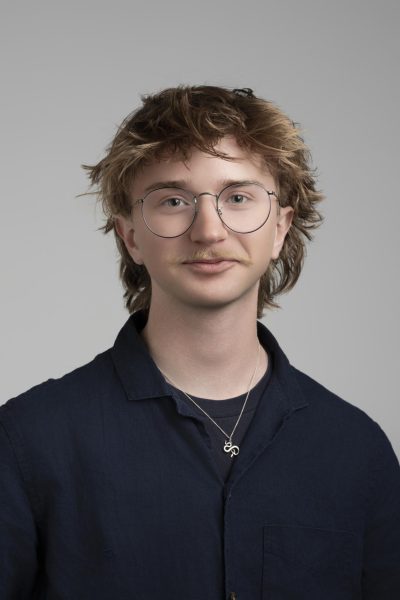For those who watched “Severance” season one back in 2022, it has been a long, tedious wait for the release of season two in January of this year. Season one ended with one of the most brutal cliffhangers I have ever seen on television, not brutal as in gory, but brutal to the audience, leaving me screaming at the TV, asking for more.
For those of you who are not familiar with “Severance”, I recommend not reading this, picking up the remote and pressing play. It’s a breath of fresh air and utter creativity that isn’t found in many modern TV shows. Mark, played by Adam Scott, leads a group of employees at the fictional company, Lumon. The employees work on the Severed Floor, a place where their memories are surgically divided between work and personal life, eventually leading the bunch to discover the truth of where they work.
Sequels are hard to get right. “Jaws 2”, “Zoolander 2” and the new “Joker” are only a few that come to mind. On the other hand, there’s “The Empire Strikes Back”, “The Dark Knight” and “The Godfather Part II”. I wouldn’t consider “Severance’s” second season better than season one. However, it is nowhere near the realm of bad, doubling down on truly immaculate production design, in-camera practical effects, intense performances and a truly mind-bending story.
Big-budget TV shows often take forever to produce. “House of the Dragon”, “Stranger Things”, they all take multiple years and countless hours of work. The three-year span between season one and season two of “Severance” is longer than most productions. The opening scene alone – a three and a half minute sequence – took several months to film. The scene was a chase through the halls of the Severed Floor of Lumon. Director Ben Stiller and Cinematographer Jessica Lee Gagné could have chosen to shoot the scene traditionally, using fast-paced handheld cameras, running with the actors. Instead, they used precise camera movement with robotic arms, reverse dolly zooms and even the “Star Trek” trick (shooting the same hallway from different angles).
Using non-traditional, unique ways of filming, like robotic arms and computer programming, sets the show apart from the rest, giving it a look and feel like no other. The only show I can think to compare it to is “Black Mirror”, not for the style of filming, but the type of content it features–technology gradually integrating and taking over our lives. (Ironic considering Apple TV+ is the producer).
The opening scene wouldn’t have been possible without Production Designer Jeremy Hindle. Out of all the filmmaking elements of “Severance”, the production design stands out the most. If I had to choose one word to describe the design, it would be simplistic. The hallways, office space, everything on the Severed Floor screams clean, sterile, uneasy and simple. One thing I find interesting is how, in almost every shot, the audience can see the ceiling. This might not sound like a big deal, but in most big-budget productions, the ceiling is removed to provide easy access for lights and other departments. Being able to see it in “Severance” makes the audience feel claustrophobic, as if they are on the Severed Floor with the cast.
Striking visuals populate the screen with every cut. “Severance” is a masterpiece in framing and composition. There is perfect symmetry in every frame. Stiller somehow directs the mundane and boring into something extraordinarily unique. Overflowing care and thought go into every shot. Everything from the overwhelming blue tones drowning every shot to those same tones being washed away by the warm glow of a fire. As the season progresses, an undertone of despair builds. Milchick’s smile starts as inviting, but that same smile transitions to sinister as Mark closes in on the truth.
That truth, why Lumon is there, is what keeps my eyes glued to the screen. Every time the elevator doors open to the Severed Floor, fear and curiosity consume me, the same way they consume Mark. The audience acts as both the all-knowing and the unknowing. We witness both sides of Mark’s life. We know what he does outside and inside of Lumon, yet we still don’t know the underlying reason behind anything.
This is what makes “Severance” stand out: the random elevator at the end of a dark hallway and a room full of goats, causing a never-ending loop of questions with comparatively fewer answers.
The end of season two answered a lot of questions, while also forming new ones. It might not have ended on as extreme of a cliffhanger as season one, but it still left me wanting more. The only thing I ask is, please don’t take three years for season three.


